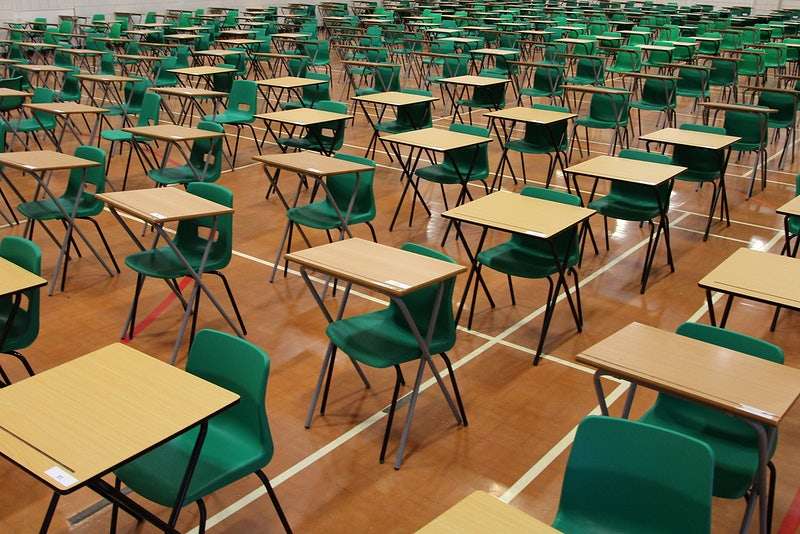With New Year’s Eve at Times Square being an essential part of many people’s annual celebration, whether it be watching it from the comfort of their couches or being packed in the midst, it is funny how little most people know about the logistics of the event itself. It is almost impossible to get a good spot for the festivities as the viewing areas officially open at 3 PM, but often people start to fill up the entrance as early as 1 AM due to the whole process being on a first come, first serve basis. However, even with all these challenges, watching the ball drop in NYC is an attraction that seems to be essential to American culture. When the ball finally drops, that’s when the millions of tiny pieces of paper flutter down onto the streets, coating the people, the sidewalks, and everything that stands in between. But how does this confetti drop really work?
Around 3,000 pounds of confetti was released on New Year’s Eve at Times Square in 2023. Printed or written on the top of each tiny piece were wishes, New Year’s resolutions or goals. People are able to write their messages on the confetti online whenever or starting November 30th at the New York Wishing Wall. These wishes have been written in over 40 different languages, due to the millions of tourists visiting New York during this time. Many of the wishes were about ending war, global peace, and mental health related goals. These pieces of confetti are then given to dispersal engineers, mostly composed of volunteers who will drop them from the top of office buildings around Times Square on the big day. The volunteers are supposed to do two drops, one practice at 11AM a day before the real drop and then at 12 AM, January 1st.
The process of becoming a dispersal engineer is pretty strenuous itself. Only 100 individuals are picked each year with applications opening January 1st. The list of dispersal engineers is finalized in October, and emails are sent out to those who were accepted. The confetti crew first meets on December 29th in Times Square where they unload the 3000 pounds of confetti. They then deliver the confetti to the eight buildings around Times Square participating in the confetti drop that year. At 7pm on New Years Eve, the crew meets up for an orientation where they will learn the proper technique for throwing the confetti. Radios are issued to all the members and at 9PM, the first signal is sent for the engineers to start fluffing their confetti. Twenty seconds before the ball drops is when the engineers are finally prompted to start throwing the confetti.
The clean up of the confetti is another feat in itself. This is where the New York Department of Sanitation comes in. Around 200 sanitation workers come before daybreak and use mechanical brooms, collection trucks, and backpack blowers to collect the mess that has been left from the night before. The litter amounts up to almost 100,000 pounds, but it is usually all gone by the next day. The upside of all of this is that all of the confetti dropped is biodegradable. The clean up crew also makes sure to recycle as much of it as they can. The entire process of dropping the massive amount of confetti is intricate and complex, with much of it still in the dark for most of the viewers, in order to keep some element of surprise and wonder.








